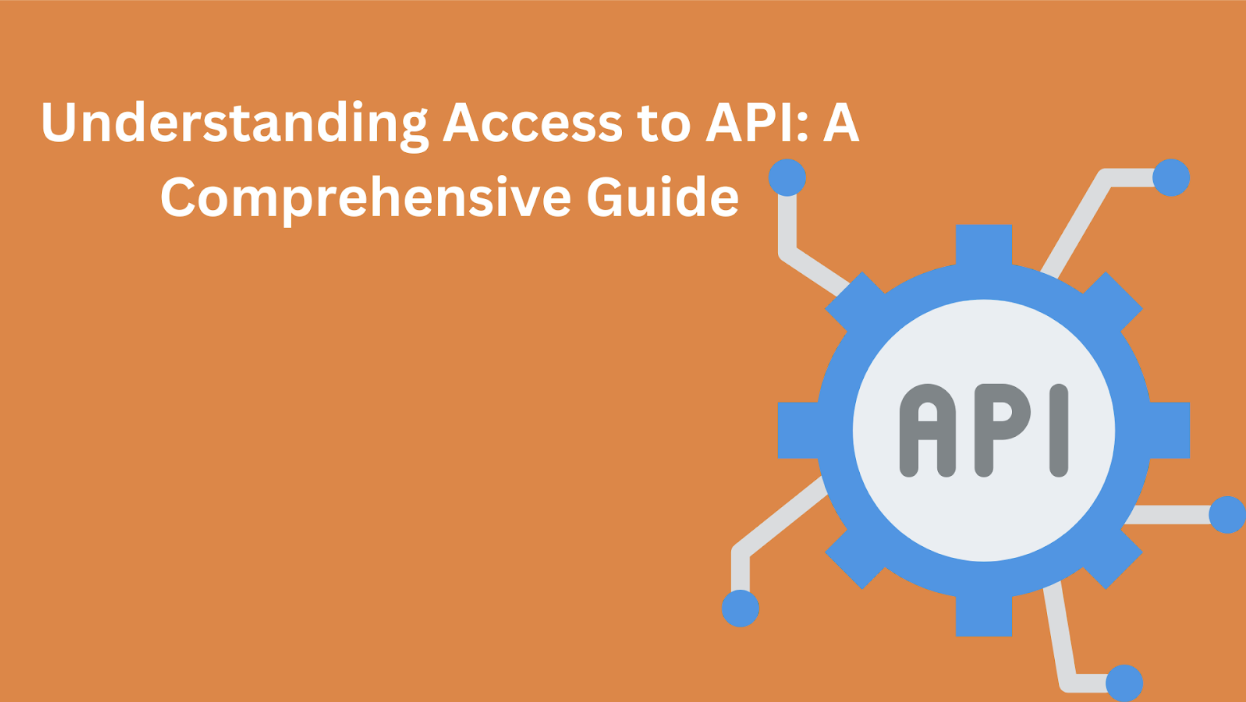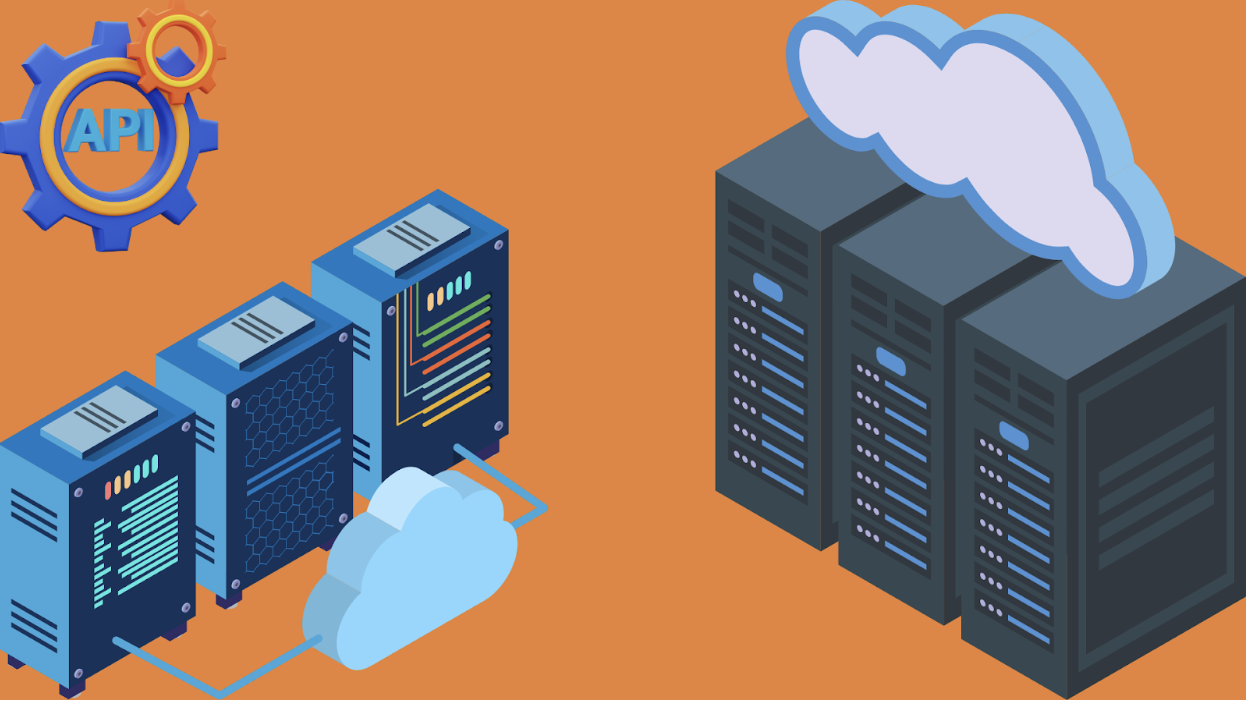In today's digital age, Application Programming Interfaces (APIs) enable communication between different software applications. APIs allow developers to access the functionality of a web service and integrate it into their applications, creating a seamless user experience.
However, gaining access to APIs involves understanding various concepts and practices. This blog post aims to provide a comprehensive guide to API access, covering key topics such as authentication, rate limiting, and best practices.

What is Access to API?
API access refers to the ability of a developer or an application to interact with and use the services provided by an API. This interaction typically involves sending requests to the API and receiving responses, including data, actions, or information.
Authentication and Authorization
One of the fundamental aspects of API access is authentication and authorization. Authentication is the process of verifying the identity of the user or application requesting access to the API. This is usually done using tokens, such as API keys, OAuth tokens, or other authentication mechanisms.
Authorization, conversely, determines what actions or resources the authenticated user or application is allowed to access. The API provider often defines this through access control mechanisms, such as role-based access control (RBAC) or permissions.
Rate Limiting
API providers often impose rate limits on API access to prevent abuse and ensure fair usage of their services. Rate limiting defines the number of requests that can be made to the API within a certain period. If the rate limit is exceeded, the API may respond with an error or throttle the requests.
Best Practices for API Access
When working with APIs, it's important to follow best practices to ensure secure and efficient access. Some of these practices include:
- Always use HTTPS to secure the communication between your application and the API, preventing eavesdropping and tampering of data.
- Use strong authentication mechanisms, such as OAuth, to verify the identity of users or applications accessing the API.
- Be prepared to handle errors returned by the API, such as rate limiting errors or authentication failures, and provide appropriate feedback to users.
- Use caching to reduce the number of requests made to the API and improve the performance of your application.
- Monitor the usage of your API access to detect any unusual activity or potential issues.

Conclusion
API access is a critical aspect of modern application development, enabling developers to leverage the functionality of external services. By understanding the concepts of authentication, authorization, rate limiting, and best practices, developers can ensure secure and efficient access to APIs.
FAQs
1. What Is the Difference Between API Access and API Usage?
API access refers to the ability to interact with an API, while API usage refers to the actual utilization of the API's functionality.
2. Can I Access an API Without Authentication?
Some APIs may allow anonymous access for certain endpoints, but most require authentication to access protected resources.
3. What Is API Rate Limiting?
API rate limiting is a mechanism API providers use to restrict the number of requests that can be made to the API within a certain period, typically to prevent abuse or ensure fair usage.
4. How Do I Choose the Right Authentication Mechanism for API Access?
The choice of authentication mechanism depends on various factors, such as the data sensitivity, the type of application, and the API provider's requirements. It's important to carefully evaluate these factors before selecting an authentication mechanism.